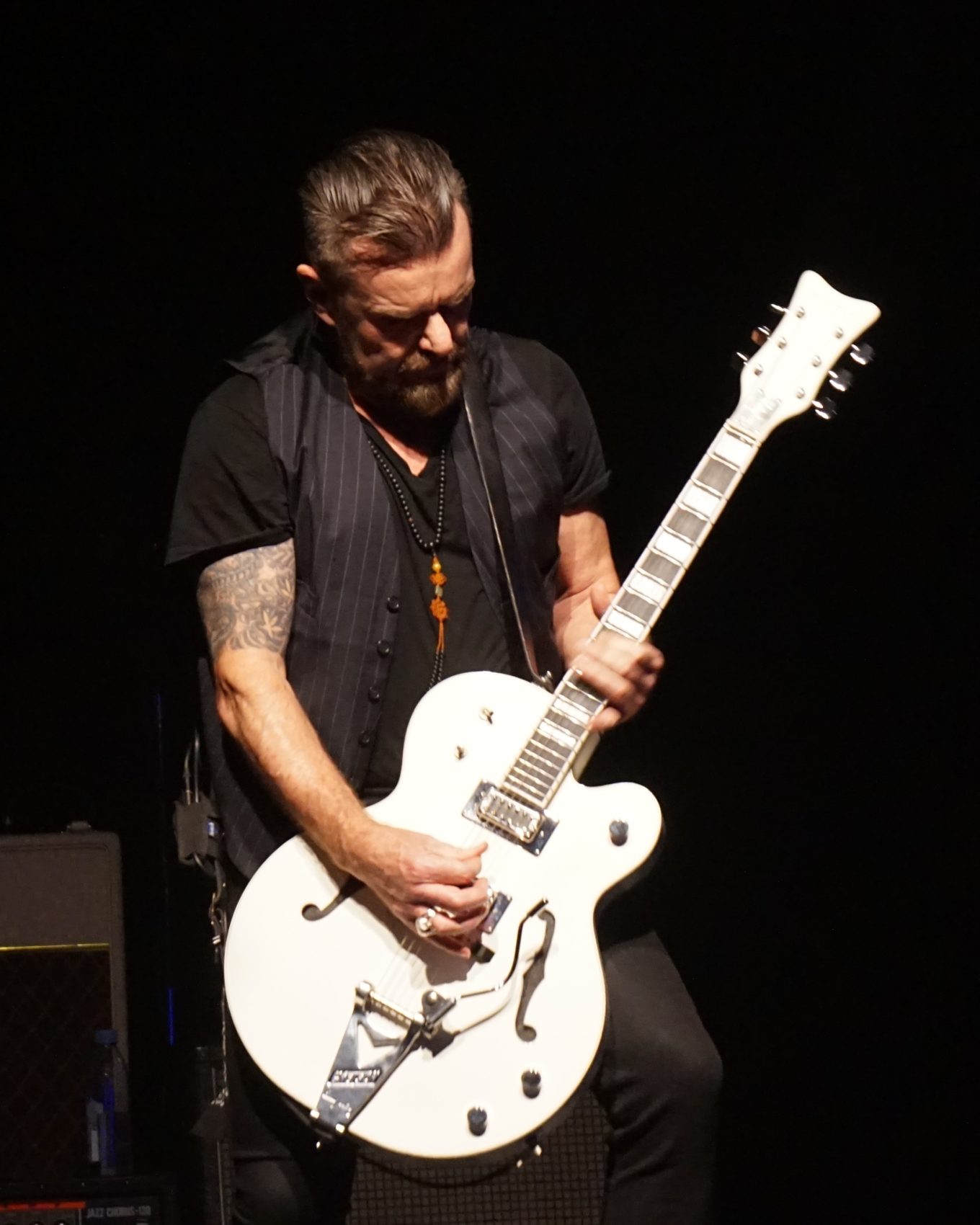
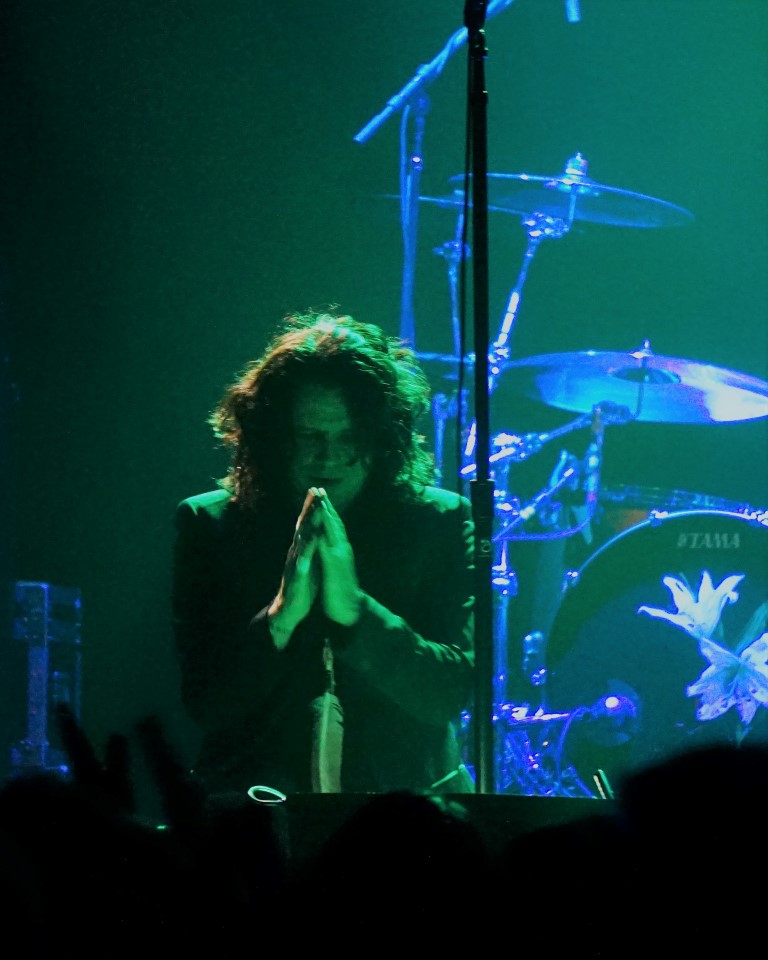
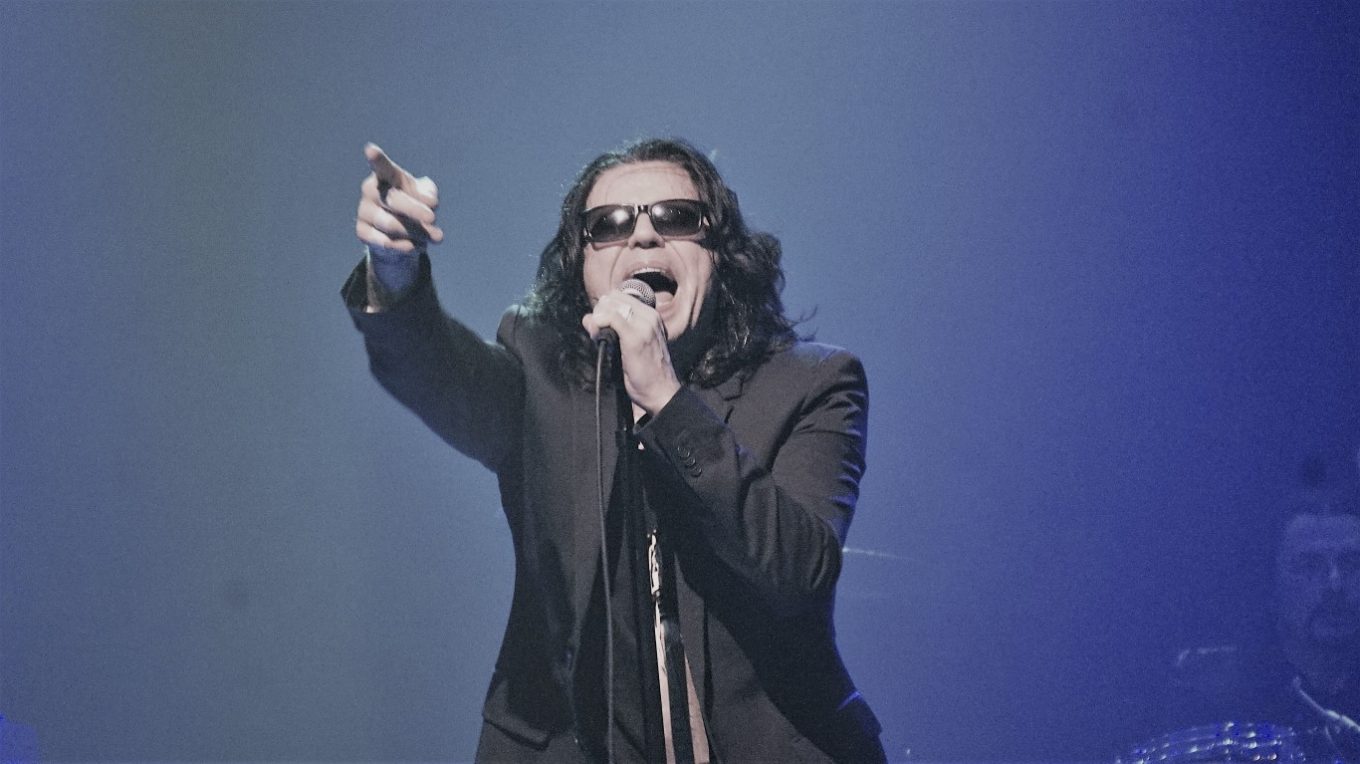
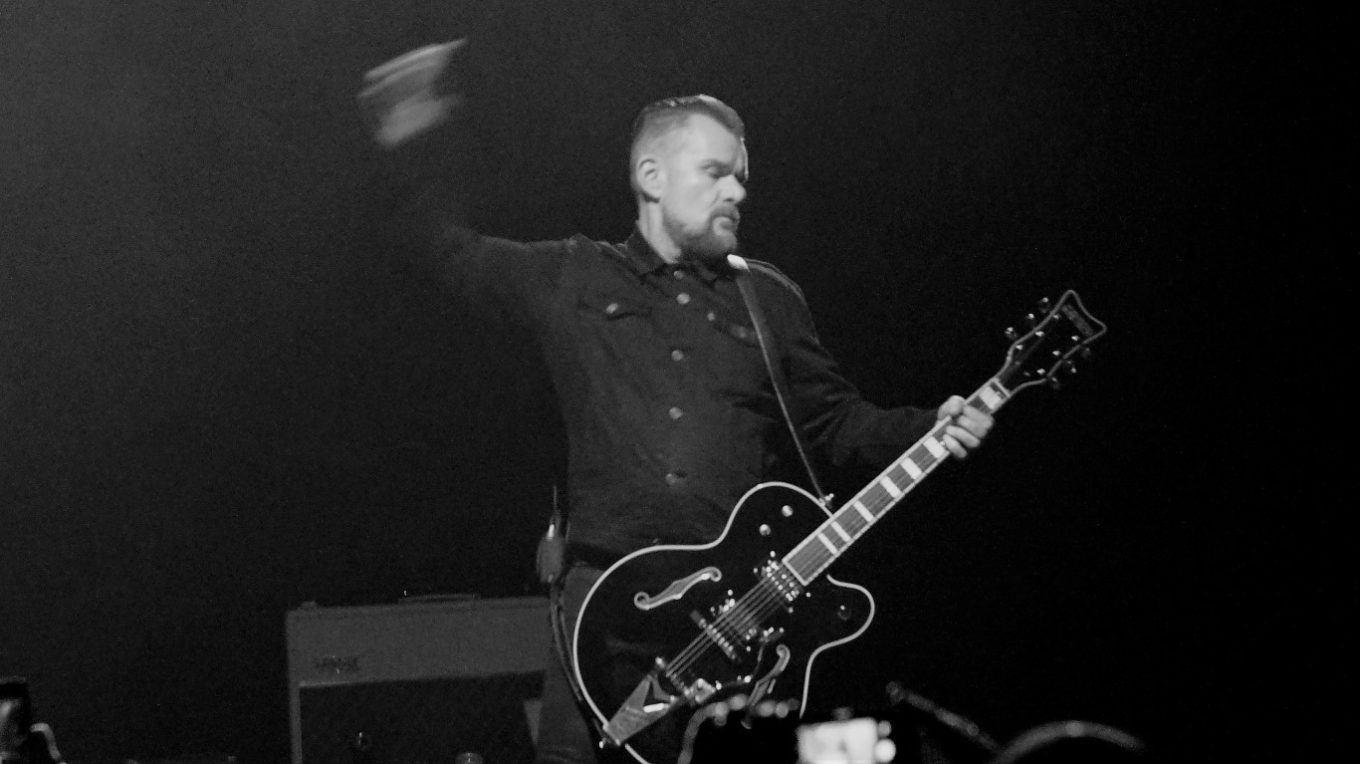
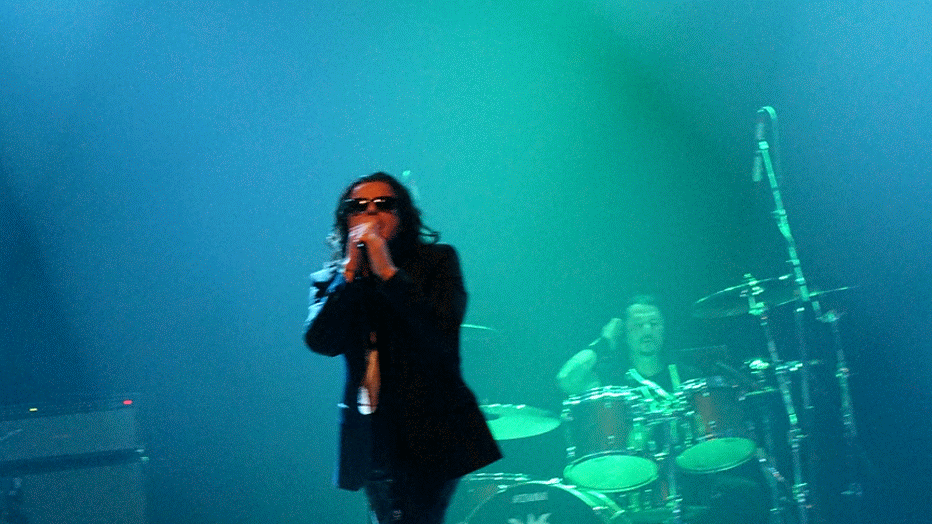
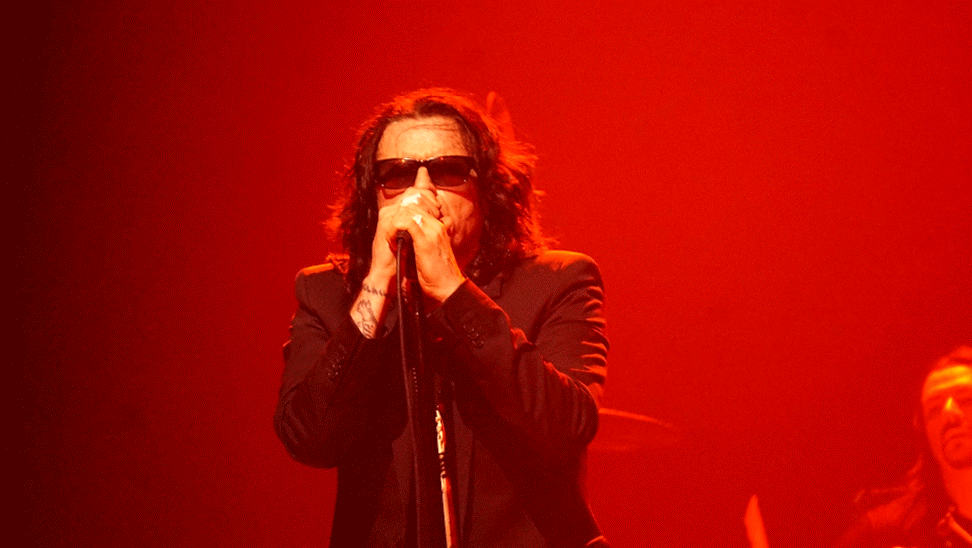
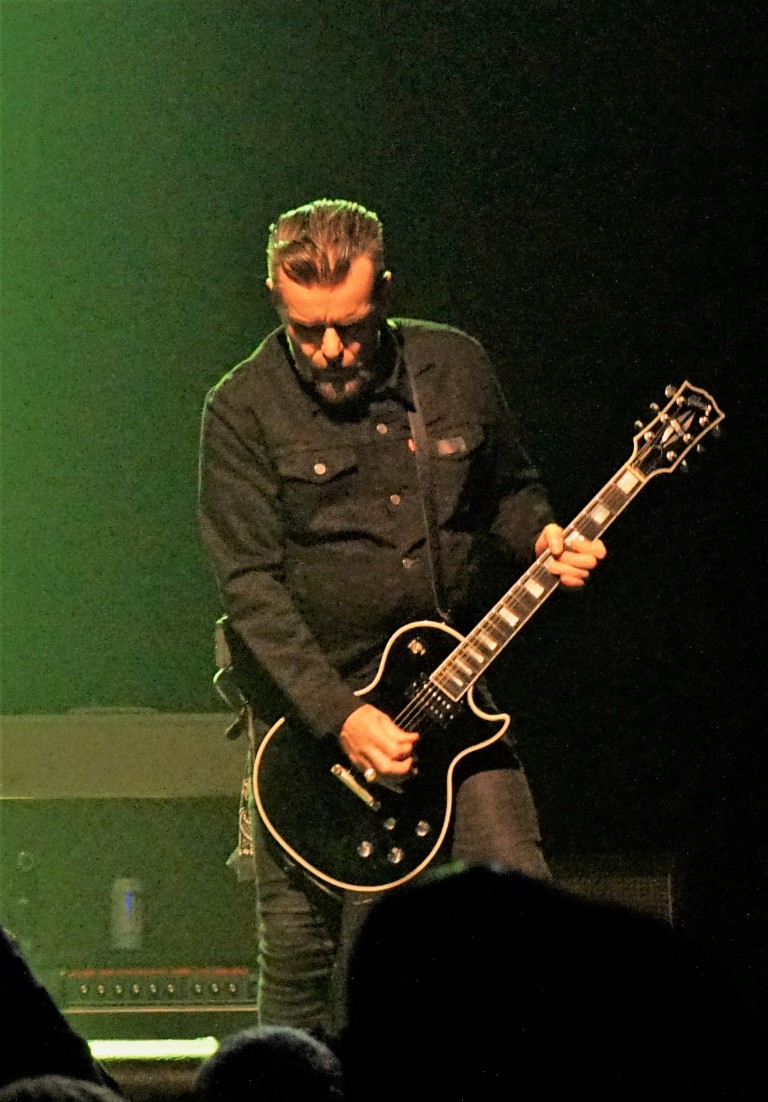
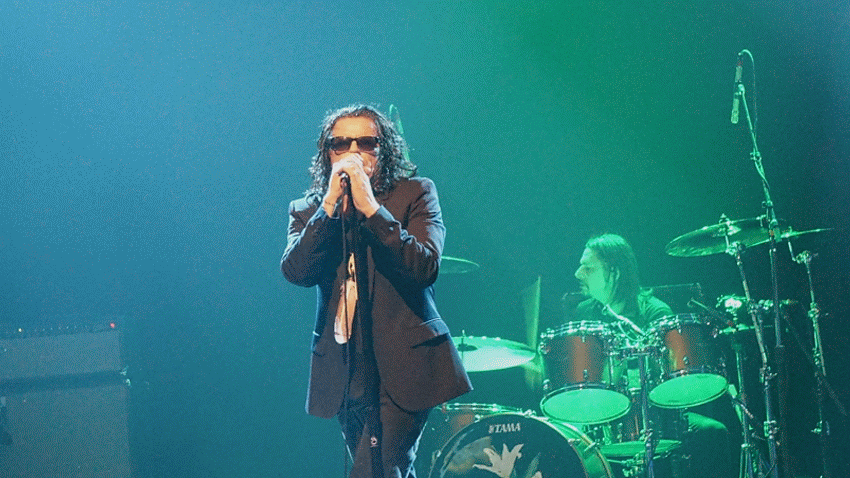
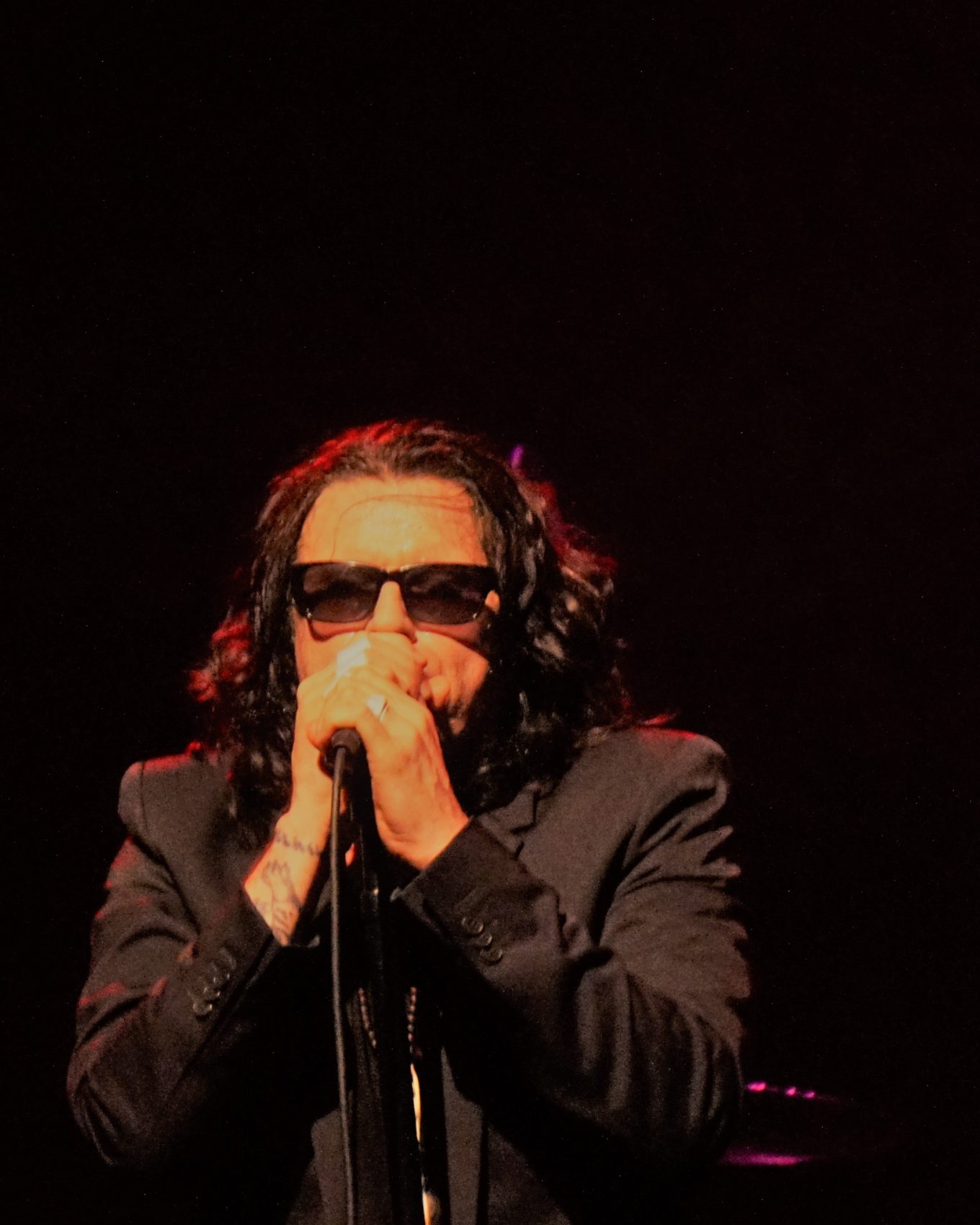
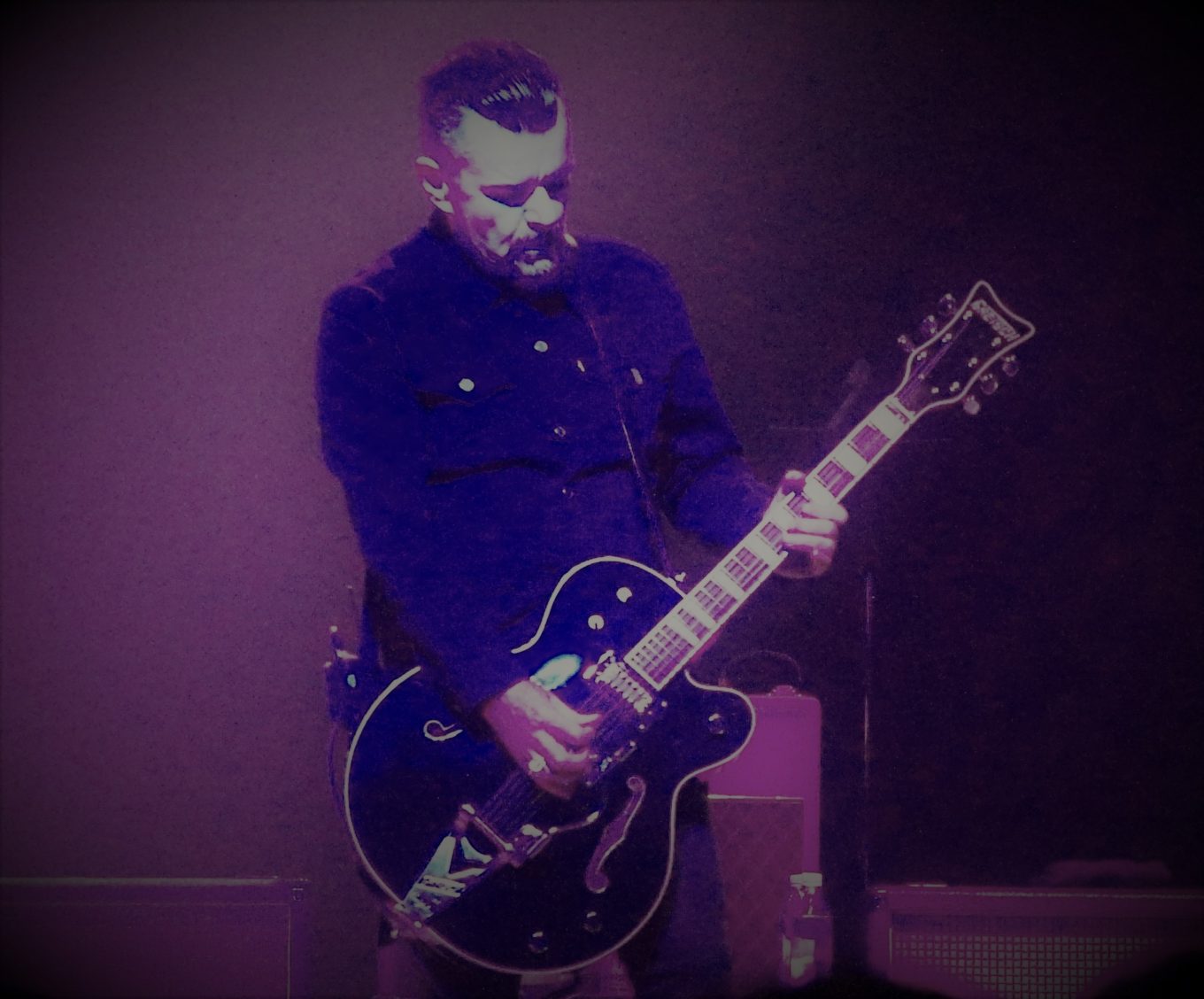
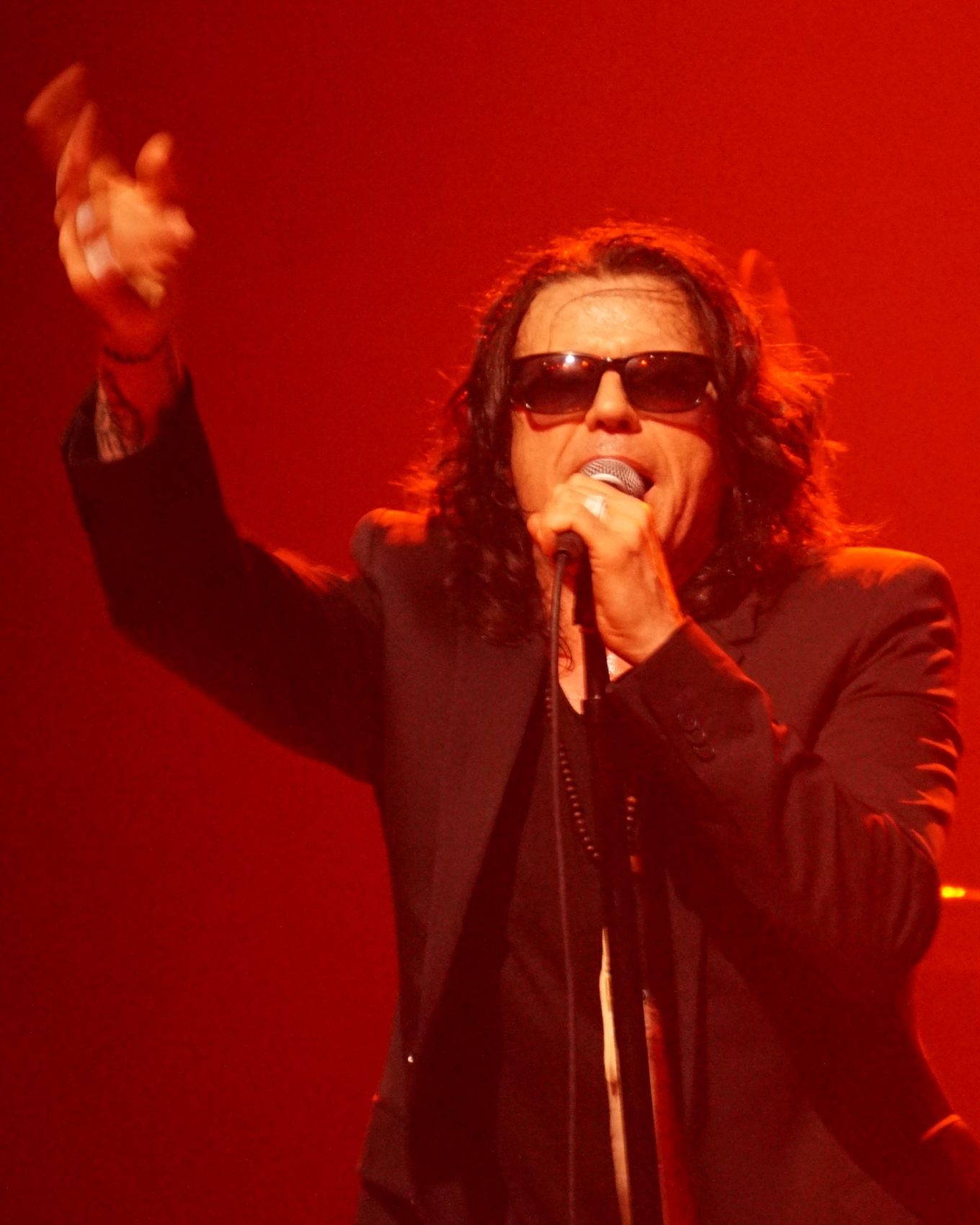
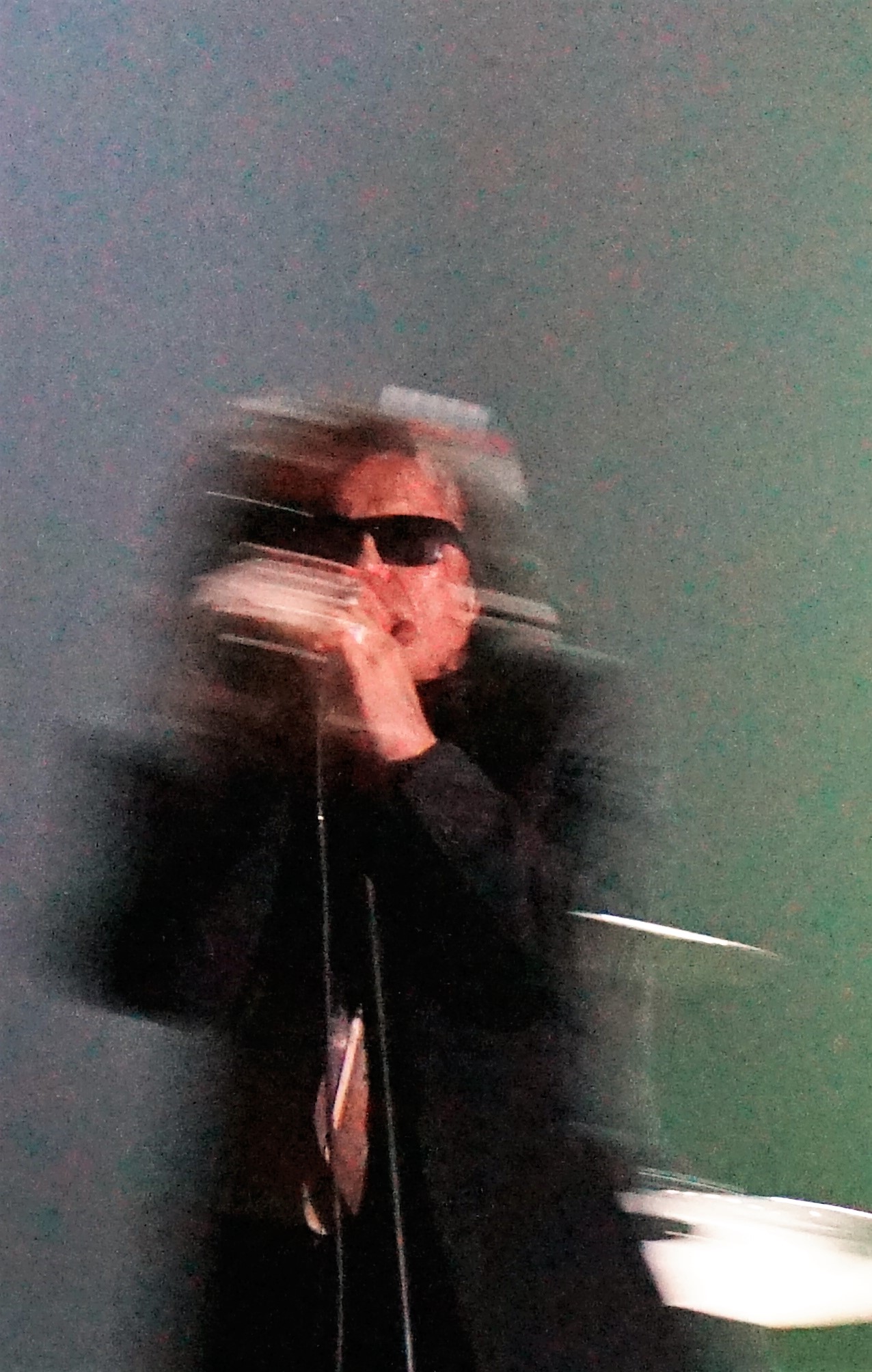
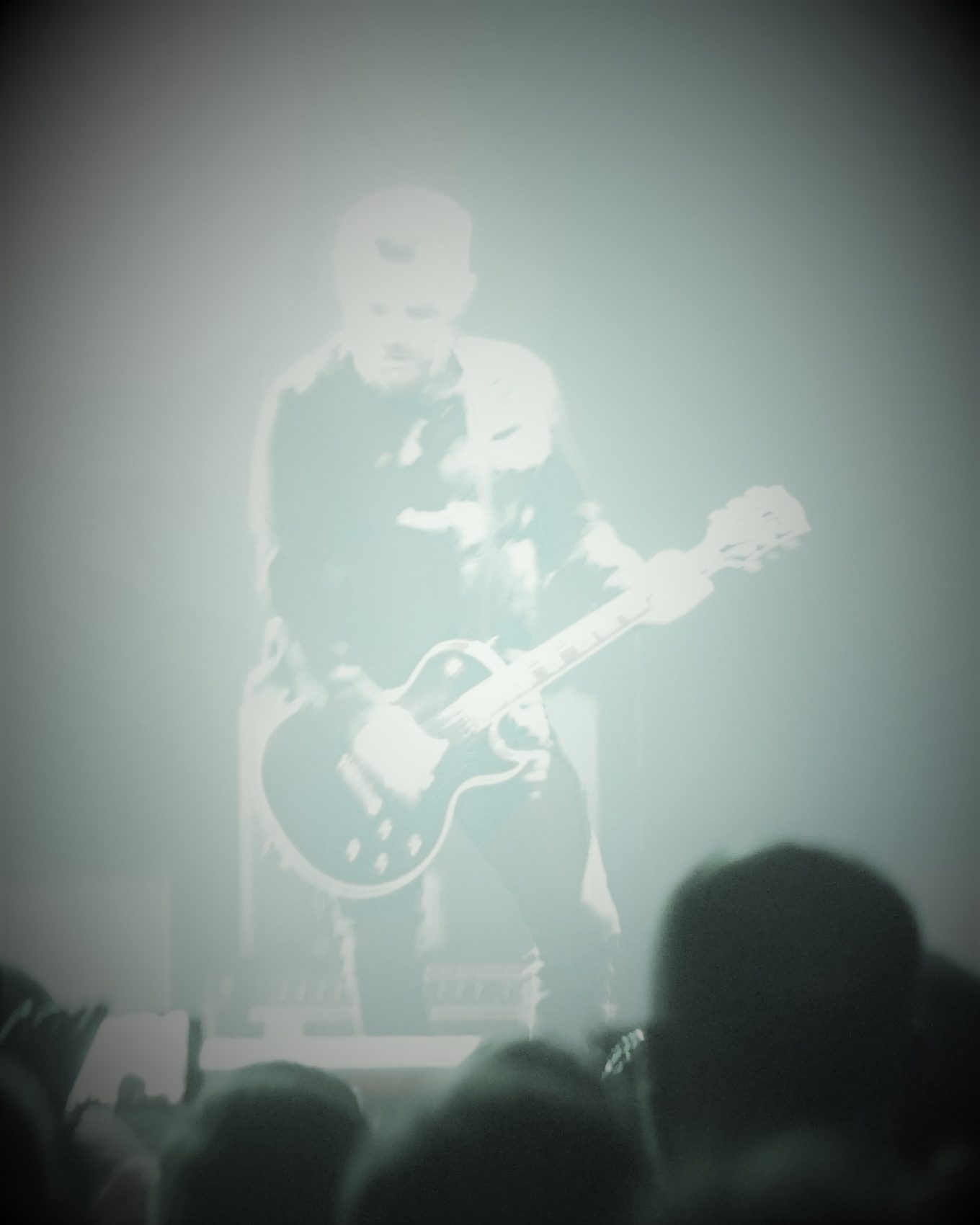
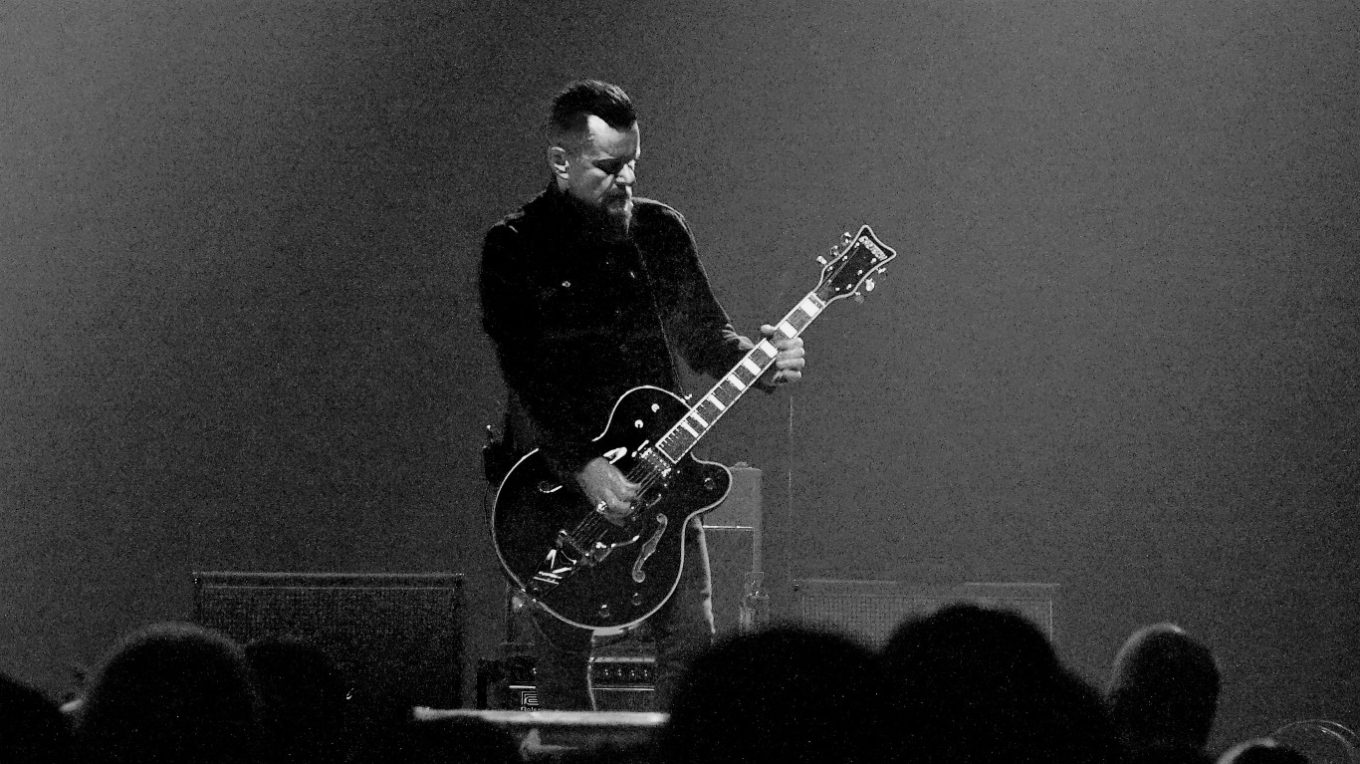
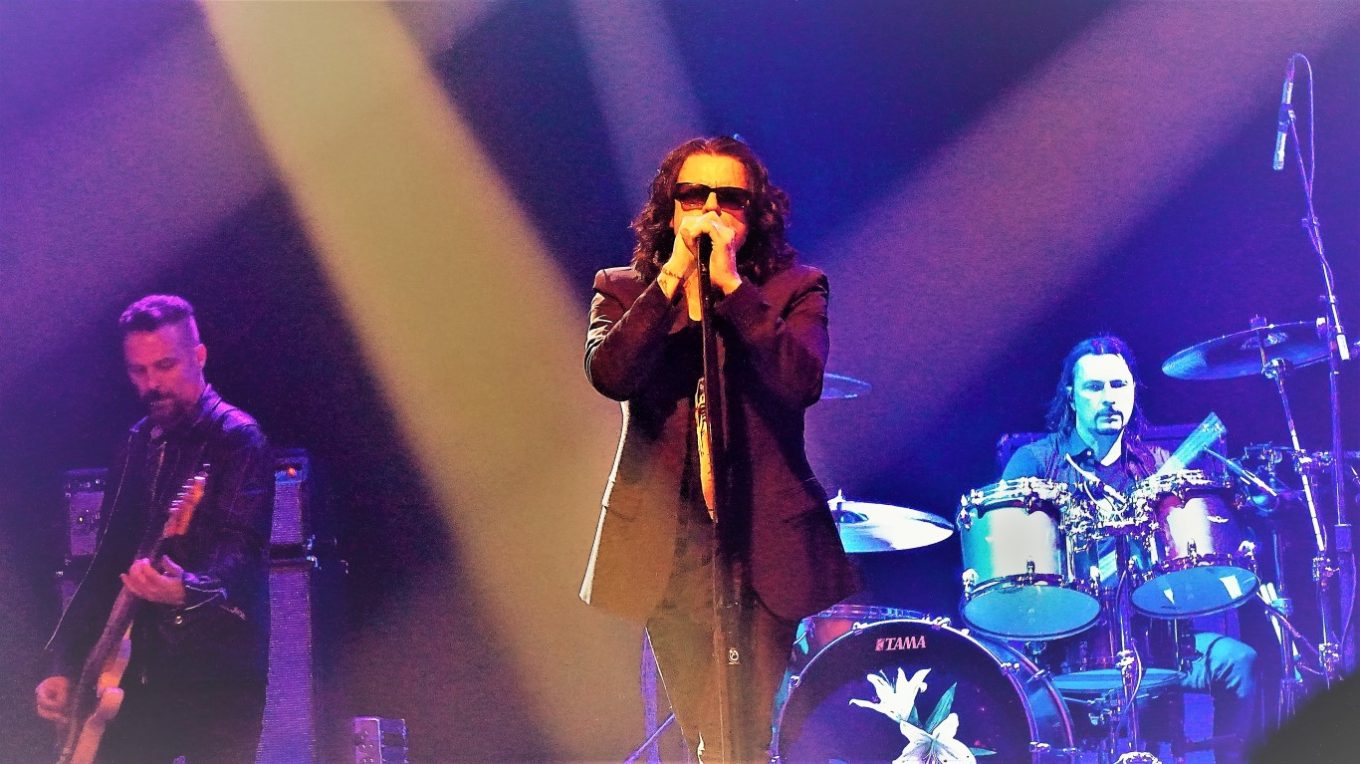
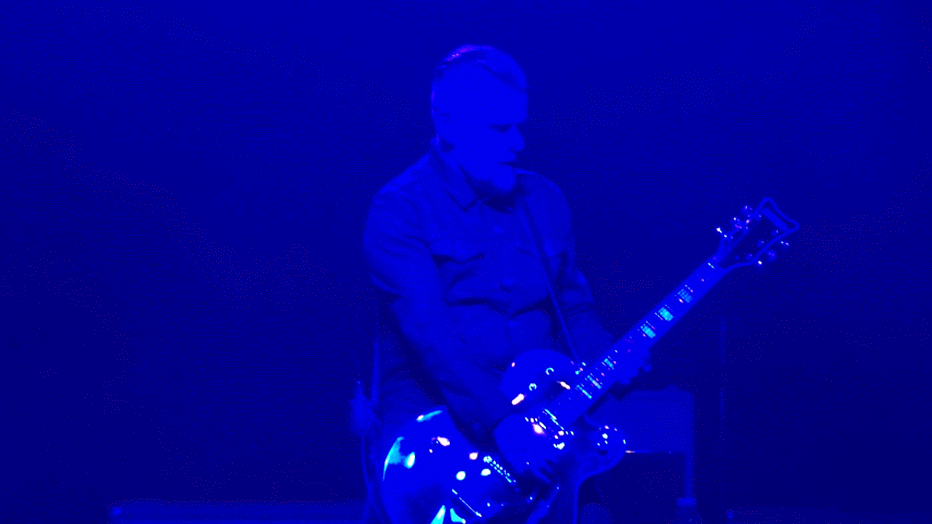
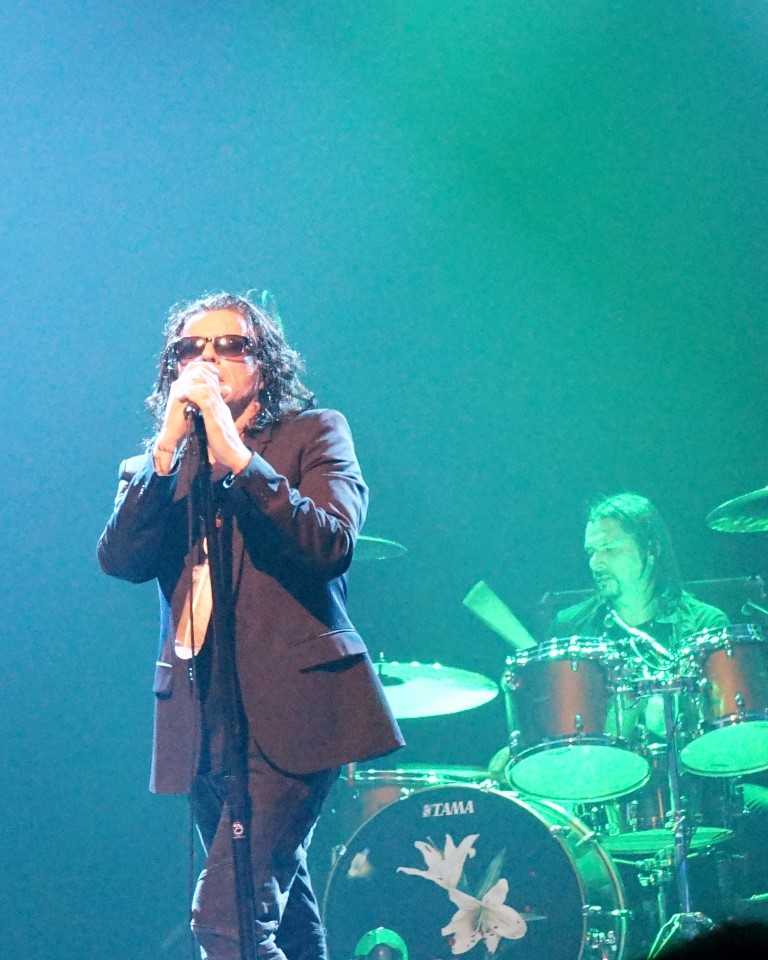
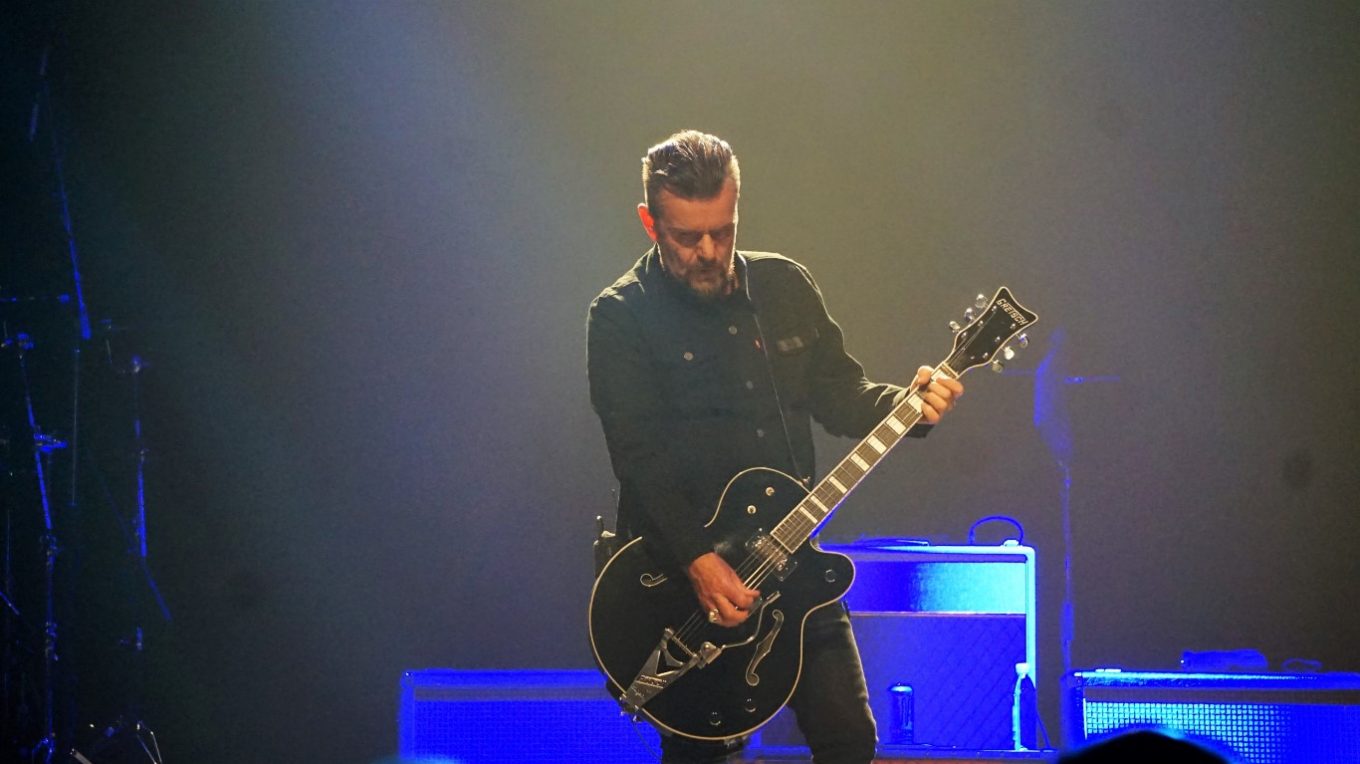
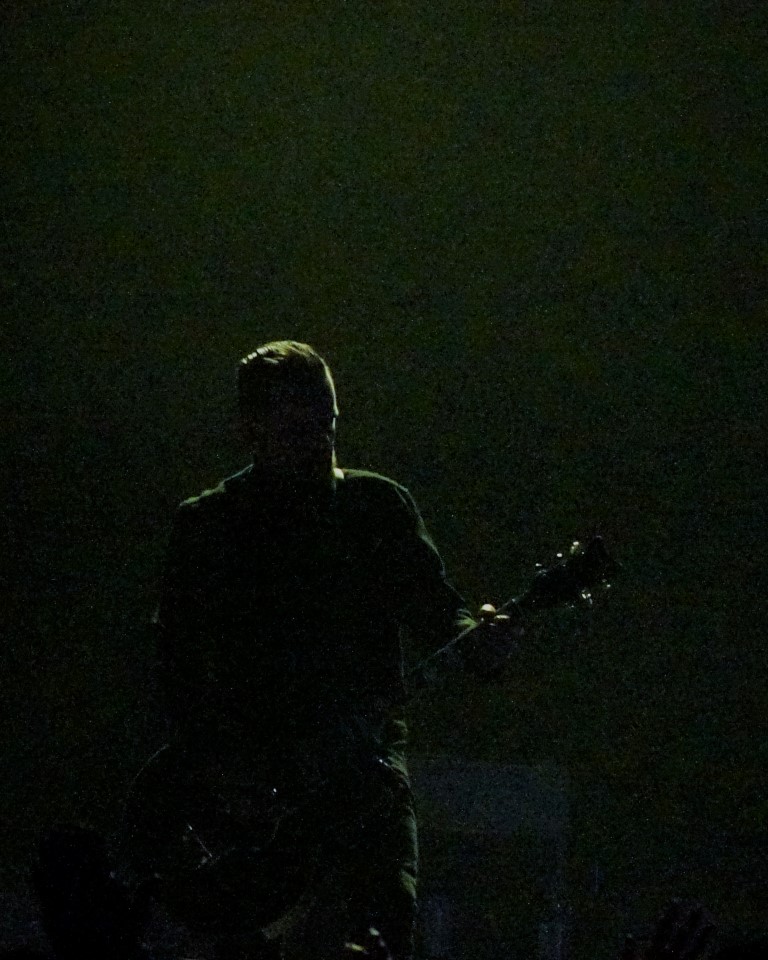
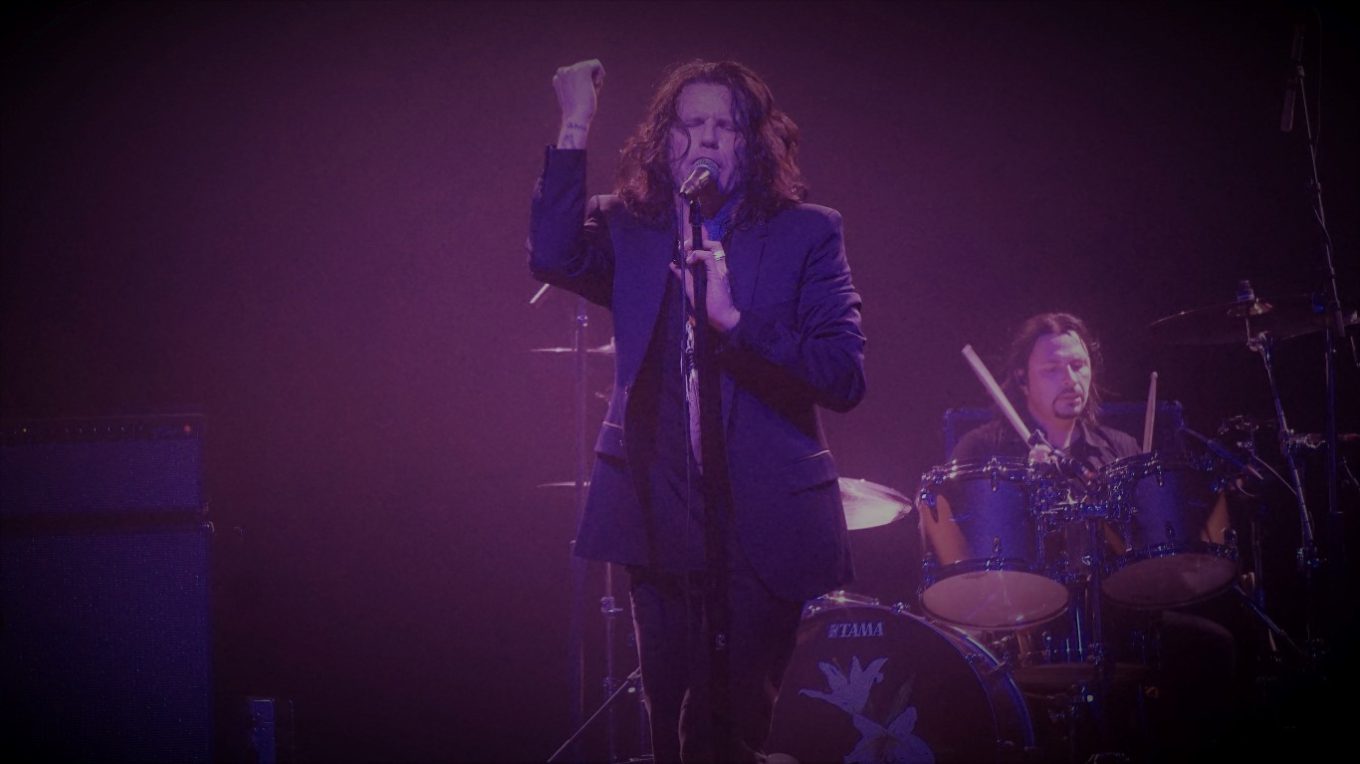
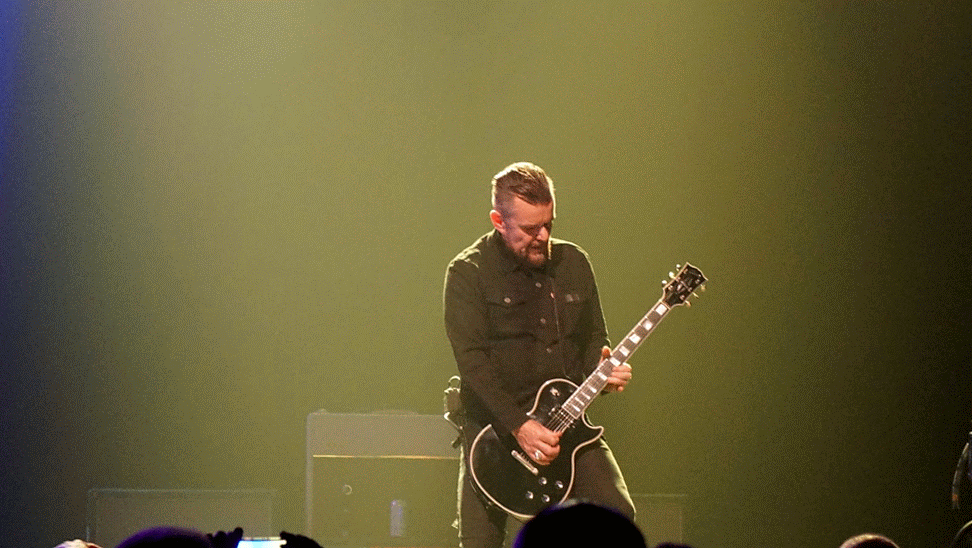
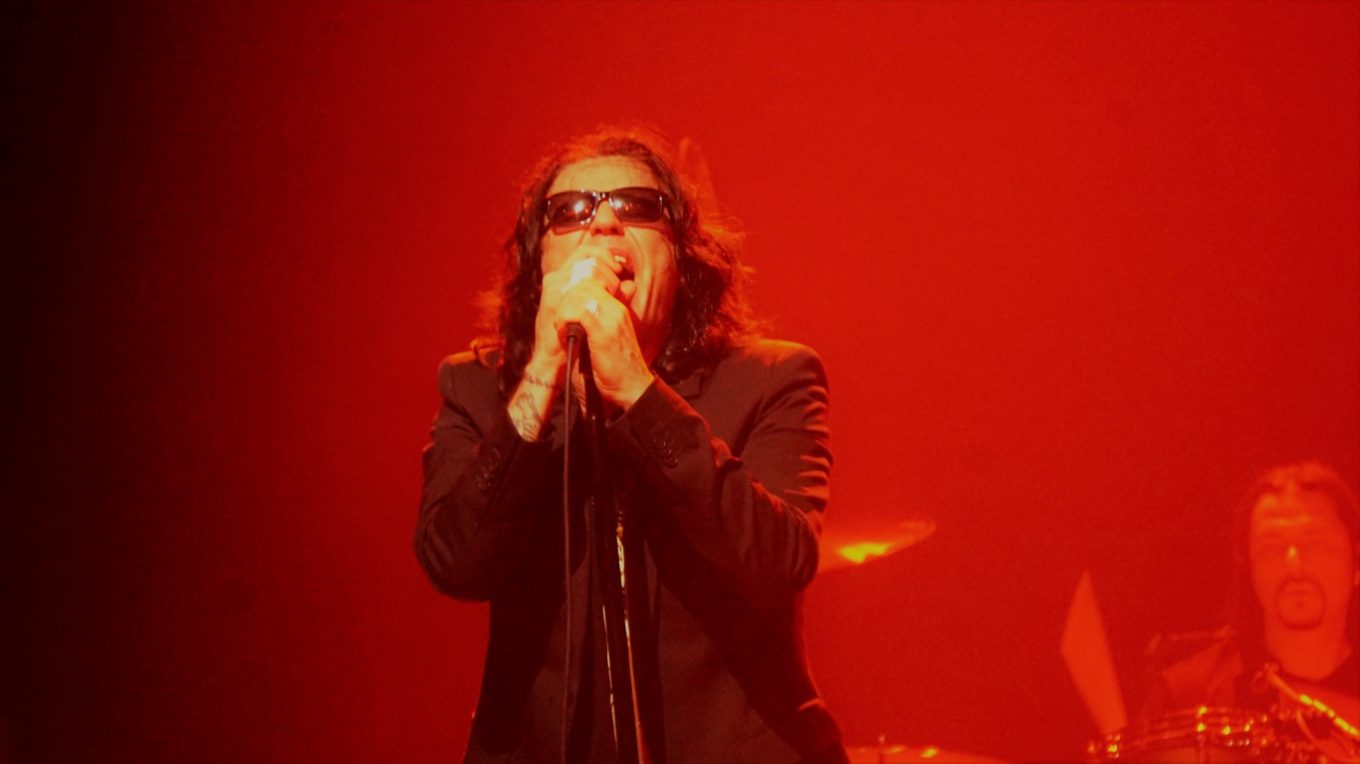
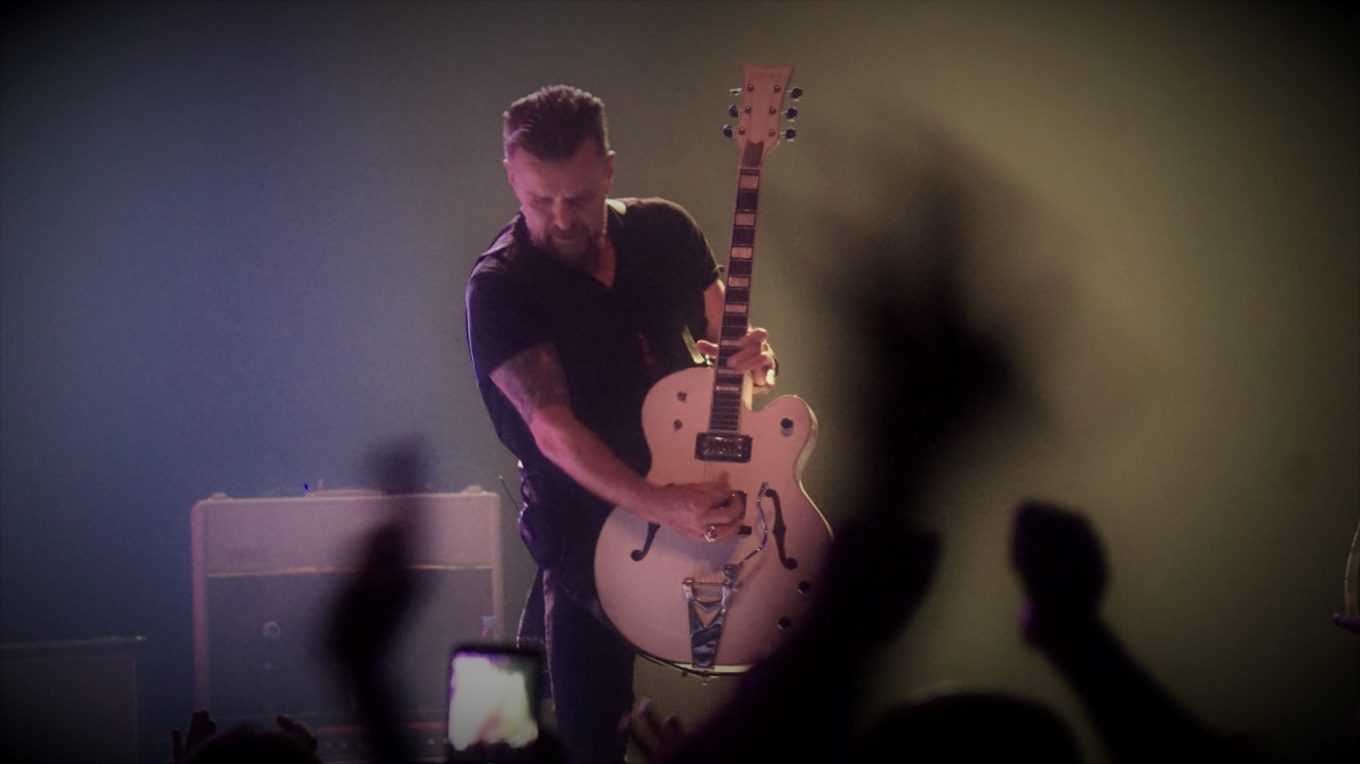
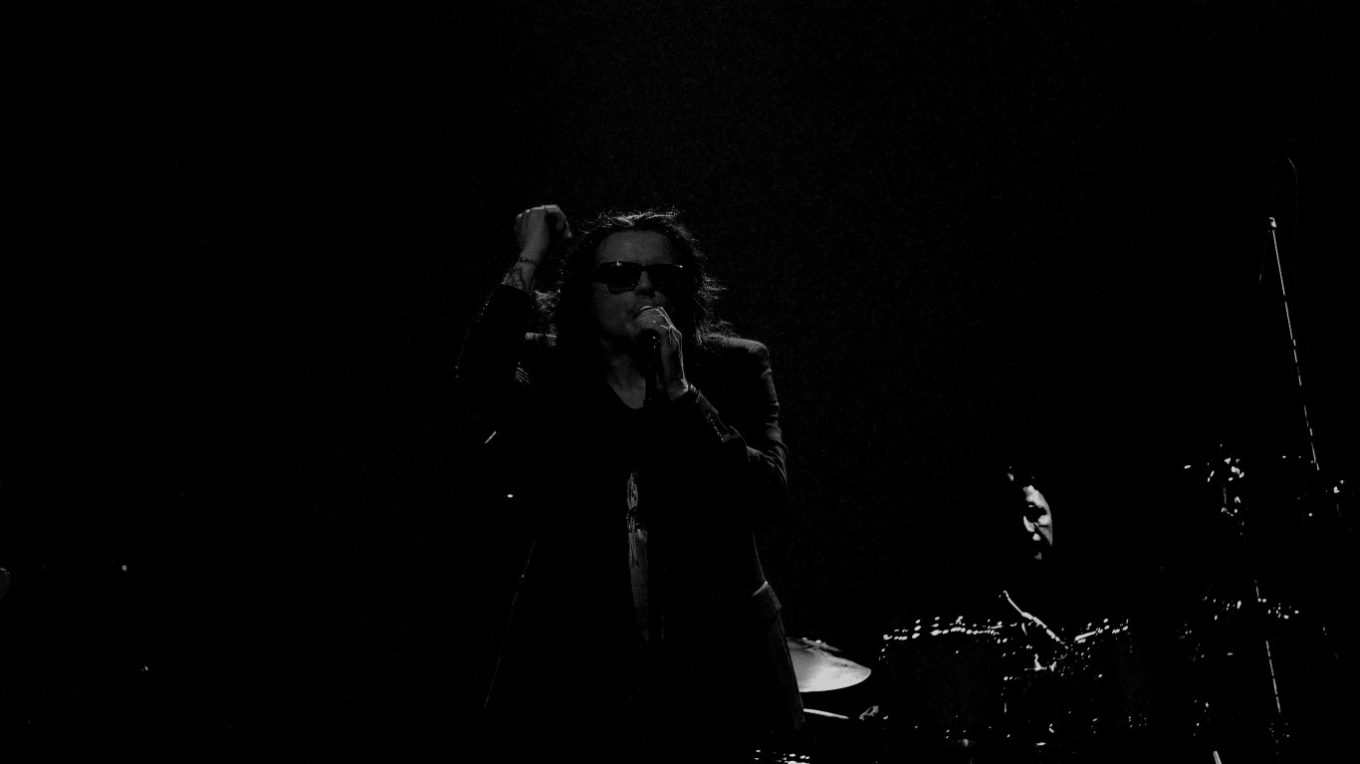
I first saw The Cult live in 1987 – in Edinburgh, Scotland. I remember it being a great show – in support of their “Love” album, I think. I have seen them many times since then – and their shows are always high energy and a lot of fun. This show in 2016 was for their Hidden City tour. They played some of the same song I saw them play 30 years ago. It was awesome!!
The Cult are a British rock band formed in 1983. Before settling on their current name in January 1984, the band performed under the name Death Cult, which was an evolution of the name of lead singer Ian Astbury’s previous band Southern Death Cult. They gained a dedicated following in the UK in the mid-1980s as a post-punk/gothic rock band, with singles such as “She Sells Sanctuary”, before breaking mainstream in the United States in the late 1980s as a hard rock band with singles such as “Love Removal Machine” and “Fire Woman”. According to music critic Stephen Thomas Erlewine, the band fuse a “heavy metal revivalist” sound with the “pseudo-mysticism … of The Doors [and] the guitar-orchestrations of Led Zeppelin … while adding touches of post-punk goth rock”. Since the initial formation of Southern Death Cult in Bradford in 1981, the band have had various line-ups; the longest-serving members are Astbury and guitarist Billy Duffy, the band’s two songwriters.
The band’s origins can be traced to 1981, in Bradford, Yorkshire, where vocalist and songwriter Ian Astbury formed a band called Southern Death Cult. The name was chosen with a double meaning, and was derived from the 14th century Native American religion, the Southeastern Ceremonial Complex or Southern Death Cult as it was sometimes known, from the Mississippi delta area, but it was also a stab at what the band viewed was the centralisation of power in Southern England (including that of the music industry); there has long been a perceived notion of a North-South divide based on social, historic and economic reasons. Astbury was joined by Buzz Burrows (guitar), Barry Jepson (bass) and Aki Nawaz Qureshi (drums); they performed their first show at the Queen’s Hall in their hometown of Bradford on 29 October 1981. The band were at the forefront of an emerging style of music, in the form of post-punk and gothic rock (then known as positive-punk), they achieved critical acclaim from the press and music fans.
The band signed to independent record label Situation Two, an offshoot of Beggars Banquet Records, and released a three-track, triple A-side single, Moya, during this period. They toured through England headlining some shows and touring with Bauhaus and Theatre of Hate. The band played their final performance in Manchester during February 1983, meaning after only sixteen months the band was over. A compilation under the name The Southern Death Cult was released, this being a collection of the single, radio sessions with John Peel for Radio One and live performances – one of which was recorded by an audience member with a tape recorder.
In April 1983, Astbury teamed up with guitarist Billy Duffy and formed the band “Death Cult”. Duffy had been in the Nosebleeds (along with Morrissey), Lonesome No More and then Theatre of Hate. In addition to Astbury and Duffy, the band also included Jamie Stewart (bass) and Raymond Taylor Smith (later known as Ray Mondo) (drums), both from the Harrow, London based post-punk band, Ritual. Death Cult made their live debut in Oslo, Norway on 25 July 1983 and also released the Death Cult EP in the same month, then toured through mainland Europe and Scotland. In September 1983, Mondo was deported to his home country of Sierra Leone and replaced by Nigel Preston, formerly of Theatre of Hate. The single “Gods Zoo” was released in October 1983. Another European tour, with UK dates, followed that autumn. To tone down their name’s gothic connotations and gain broader appeal, the band changed its name to “the Cult” in January 1984 before appearing on the (UK) Channel 4 television show, The Tube.
The Cult’s first studio record, Dreamtime, was recorded at Rockfield Studios, in Monmouth, Wales in 1984. The record was to be produced by Joe Julian, but after recording the drum tracks, the band decided to replace him with John Brand. Brand produced the record, but guitarist Duffy has said the drum tracks were produced by Julian, as Preston had become unreliable.
The band recorded the songs which later became known as “Butterflies”, “(The) Gimmick”, “A Flower in the Desert”, “Horse Nation”, “Spiritwalker”, “Bad Medicine (Waltz)”, “Dreamtime”, “With Love” (later known as “Ship of Fools”, and also “Sea and Sky”), “Bone Bag”, “Too Young”, “83rd Dream”, and one untitled outtake. It is unknown what the outtake was, or whether it was developed into a song at a later date. Songs like “Horse Nation” showed Astbury’s intense interest in Native American issues, with the lyrics to “Horse Nation”, “See them prancing, they come neighing, to a horse nation”, taken almost verbatim from the book Bury My Heart at Wounded Knee, while “Spiritwalker” dealt with shamanism, and the record’s title and title track are overtly influenced by Australian Aboriginal beliefs.
On 4 April 1984, the Cult released the single “Spiritwalker”, which reached No. 1 on the independent charts in the UK, and acted as a teaser for their forthcoming album Dreamtime. This was followed that summer by a second single, “Go West (Crazy Spinning Circles)”, before the release of Dreamtime in September; the album reached No. 21 in the UK, and sold over 100,000 copies in the UK alone. On 12 July 1984, the band recorded five songs at the BBC Maida Vale 5 studio for a Richard Skinner session. Before and after the album’s release, the Cult toured throughout Europe and England before recording another single, “Ressurection Joe” (UK No. 74), released that December. Following a Christmas support slot with Big Country, the Cult toured Europe with support from the Mission (then called the Sisterhood). Dreamtime was released initially only in the UK, but after its success, and as the Cult’s popularity grew worldwide, it was issued in approximately 30 countries.
